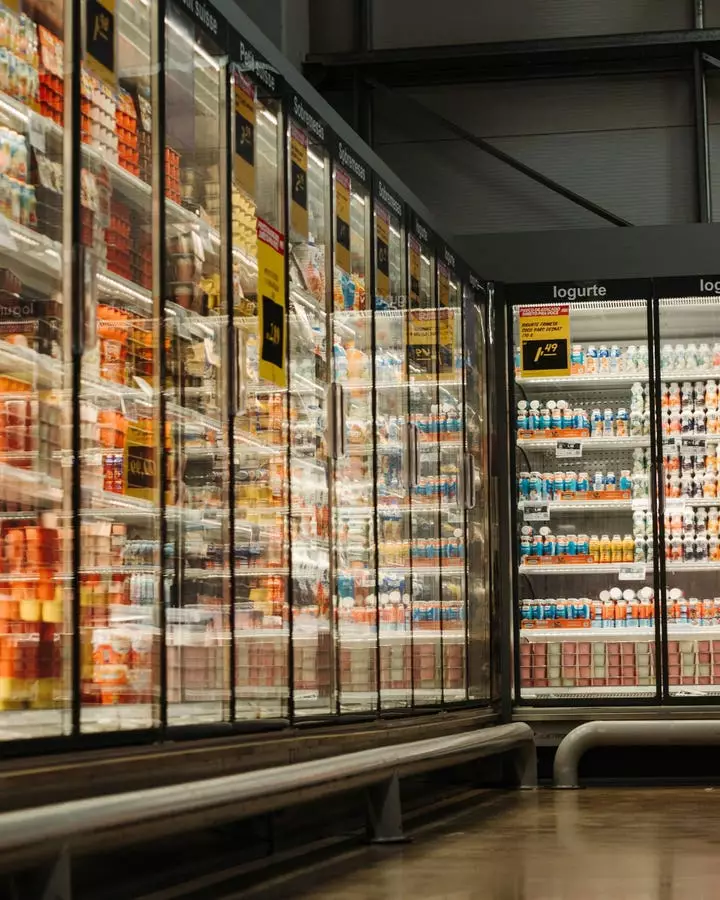As global trade dynamics shift, the everyday shopper may soon experience a marked change in grocery prices. The prospect of new tariffs on imported goods—designed ostensibly to fortify domestic industries—poses both challenges and opportunities for consumers and grocery retailers alike. While tariffs might benefit local producers by making imported goods more expensive, the reality is that they often lead to increased prices for consumers at the grocery store.
Tariffs are essentially taxes imposed on goods shipped from one country to another, aimed at making foreign products less competitive in the domestic market. While on the surface, this policy appears beneficial for American producers, it has far-reaching effects on the price and availability of products relied upon by consumers. When tariffs are increased, import costs rise for retailers, which often leads to these costs being passed down to consumers in the form of higher grocery bills.
This situation is particularly exacerbated in the grocery sector, where many items—including fruits, vegetables, and other staples—are heavily dependent on imports from countries that can offer favorable growing conditions year-round. As such, the introduction of tariffs can create a ripple effect, impacting not just pricing but also consumer choices.
Several commonly purchased items are particularly vulnerable to price increases due to tariffs. For instance, avocados and citrus fruits, which are significant imports from Mexico and Central America, are likely to face sharper price hikes during peak seasons. This increased cost could lead consumers to choose alternatives or even forego these essentials, changing their eating habits significantly.
Berries present another category of produce at risk; many varieties are imported from Latin America when domestic supply dwindles during winter months. The consequences of an uptick in tariffs on these imported berries could deprive consumers of access to their favorites, or at the very least result in them paying premium prices.
Moreover, garlic—a pantry staple—largely hails from China. With limited domestic production, U.S. consumers may find it particularly difficult to source garlic affordably if tariffs increase. The implications for tropical fruits like bananas, mangoes, and pineapples are similarly dire, as these items have few domestic substitutes, leading to a potential rise in prices for everyday products.
Supermarkets face a daunting challenge in navigating these changes. Many may find themselves in the difficult position of absorbing increased costs to preserve customer loyalty, while others may be forced to raise prices. Smaller grocery stores and specialized markets, heavily reliant on imports, may face harsher economic realities. They could potentially reduce the diversity of their offerings or, in an even worse case, close entirely, resulting in fewer shopping options for consumers.
As prices rise, it is likely that some shoppers will shift their purchasing behaviors. Price-sensitive consumers may turn towards discount supermarkets or bulk retailers in an attempt to mitigate rising costs. Conversely, many may embrace local produce as a more affordable and sustainable option, which could, in turn, support U.S. agriculture.
The long-term impact of these tariffs on grocery shopping cannot be understated. Consumers will likely need to adapt not only to increased prices but also to the limited availability of certain goods due to tariffs. This could fundamentally alter grocery habits, leading to more emphasis on seasonal and local products, as well as a shift in brand preference towards store brands that focus on local sourcing.
Additionally, a sustained increase in the price of imports might encourage a renaissance in American agriculture. With enhanced consumer demand for domestically produced goods, farmers may find new markets for their products, though this too could have implications for pricing as demand rises.
The relationship between tariffs on imported goods and grocery prices is complex, touching on economic, agricultural, and consumer behavior facets. While meant to uplift domestic industries, these tariffs have the potential to inflate grocery bills, alter shopping habits, and reshape the food landscape in the United States. Consumers will need to navigate this evolving landscape wisely, weighing affordability against availability in their grocery shopping experiences. The adaptability of both grocers and shoppers will be essential to successfully traverse the uncertain territory ahead.


Leave a Reply